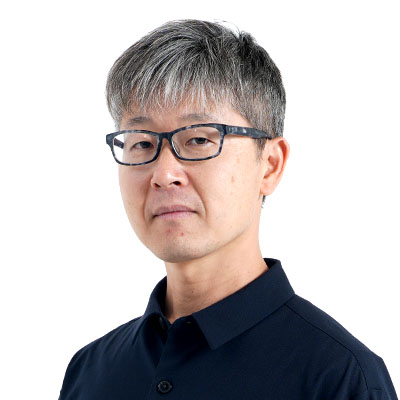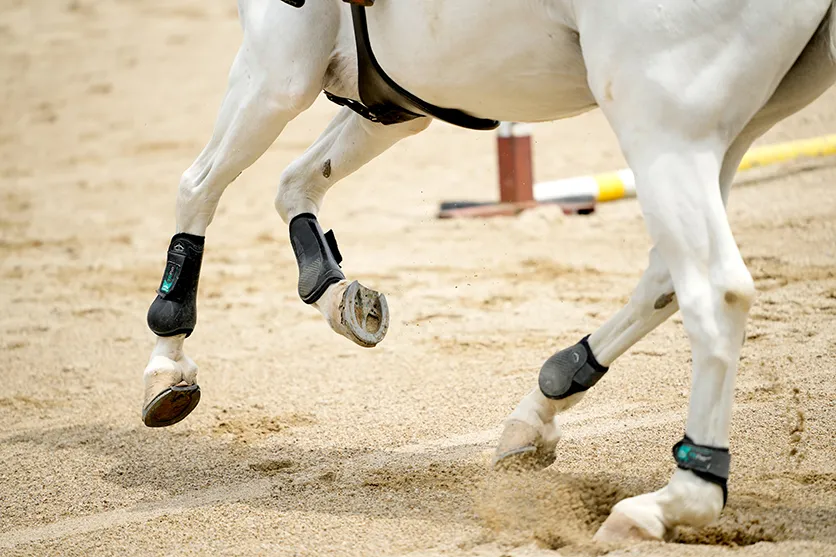September 27, 2023
The world of equestrian taken by sports photographer Kazuyuki Ogawa with TAMRON 70-180mm F2.8 G2 (Model A065)
The world of equestrian taken by sports photographer Kazuyuki Ogawa with TAMRON 70-180mm F2.8 G2 (Model A065)


I photograph competitive sports on a regular basis. I travel to competition venues to take photos as a member of the press. But sports photography is not just about photographing the competition underway; by capturing those members together with the background, I think you can achieve more compelling photographic expressions.
On this occasion, I went out to shoot equestrian using the TAMRON 70-180mm F/2.8 Di III VC VXD G2 (Model A065). A lens with this focal length range is a must-have item for us sports photographers. It’s the focal length range you need for all kinds of sports, and a fast F2.8 aperture is another absolute requirement that allows you to shoot in all kinds of environments. These are my impressions shooting with the lens mounted on Sony’s flagship α1 body.
The first photo:Focal length:180mm Exposure:F4 1/640sec ISO 400 Camera:Sony α1
Equestrian events are one of the rare sports where people and animals compete together as a team. It’s also important for the rider to interact with the horse regularly to build up a relationship of trust. That’s why I captured all kinds of scenes, from the riders interacting with their horses, to the various tools they use.
For this shoot I used the 70-180mm F2.8 G2. As I mentioned earlier, this focal length lens is what we, sports photographers, would consider to be a “standard lens,” and it’s the kind of lens that gets used the most often. We have to be able to shoot in every environment where sports take place, whether indoors or outdoors, in all kinds of weather and times of day. We are now in an era where equipment is expected to be lightweight and compact. When choosing a lens, we cannot compromise on AF performance or image quality.
In the orthodox style of sports photography, I photographed the horses jumping. I placed the focus point a little above center, tracking the movement of the horse while focusing in order to capture the moment it jumps. A key point to getting a nice-looking shot of a horse jumping is to increase up your continuous shooting speed, and have an image of the moment you want to capture prior to shoot. This lens has the AF speed and precision that frees you to shoot in a way that can recreate the ideal shot you have envisioned, from the way the horse’s legs bend to how it kicks up the sand and where the rider is looking.
To freeze the subject in action under all kinds of shooting conditions, as well as to get the subject to stand out from the background, being able to properly shoot at the F2.8 wide-open aperture is another minimum requirement for choosing a lens.
When I shot with the horse’s eye in focus, the detail in the hair around its face and the smooth bokeh from its neck down to its body are testament to the power of this lens.
Here I captured the scene of a horse being harnessed before being ridden. I was impressed by the animal’s intense yet kind look and took the shot. A benefit of the lenses’ light weight is the mobility allowing you to shoot whenever you want.
In all honestly, until now I had not done a lot of shooting with VC in mind. In sports-related photography there have always been two kinds of motion blur, the shake of the lens and the blurring motion of the subject, so selecting a shutter speed that avoid both of these has always been necessary.
This lens is equipped with VC mechanism, and when I tried it out, I realize now how much it expands the breadth of photography. I think it will prompt ideas for shots that I haven’t considered until now.
At the MOD of 0.3m (11.8in) at the wide end, you can shoot a subject in large detail while also capturing the perspective in an unobtrusive way. By also employing the VC mechanism when shooting those scenes, you can unleash your ideas in any shooting location. The Moisture-Resistant Construction and Fluorine Coating also allow you to take shots without worrying about the little things.
When I used the previous model of this lens, it was better than I had expected and I thought it was good enough to be considered a candidate for one of my “Fast F2.8 zoom trinity” lenses. The new 70-180mm F2.8 G2 has evolved beyond that, and with the VC mechanism is even more reliable. This is a lens that will satisfy the needs of various professional photographers, from those shooting still life to portraiture, and I can recommend it as a great first lens for people looking to get into sports photography in the future. Without a doubt, I think a lens with a constant F2.8 aperture will take your photography to the next level.

Kazuyuki Ogawa
Born in Kanagawa, Japan in 1979. He started photography in early 30s and joined a photo agency specializing in sports. Since then, he has experienced covering many domestic and international sporting events, including the Olympic and Paralympic Games. Since becoming independent in 2018, he has expanded his photographic activities with a focus on para-sports.
Lens Featured in this Impression
-

-
70-180mm F/2.8 Di III VC VXD G2 a065(Model )
70-180mm F/2.8 Di III VC VXD G2 (Model A065) has evolved to G2 level.This is the world’s smallest and lightest, fast-aperture telephoto zoom lens for Sony E-mount with astounding portability and superb image quality.










